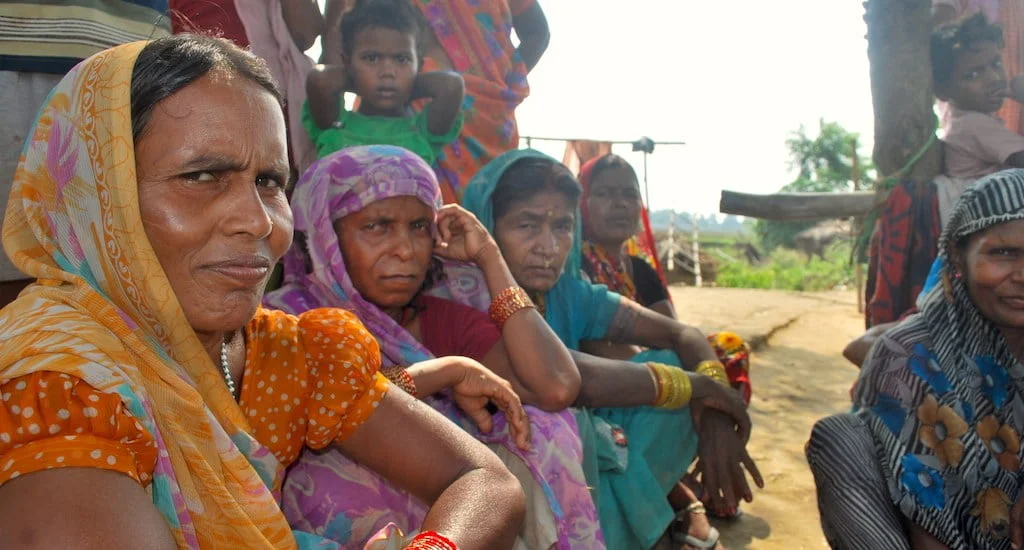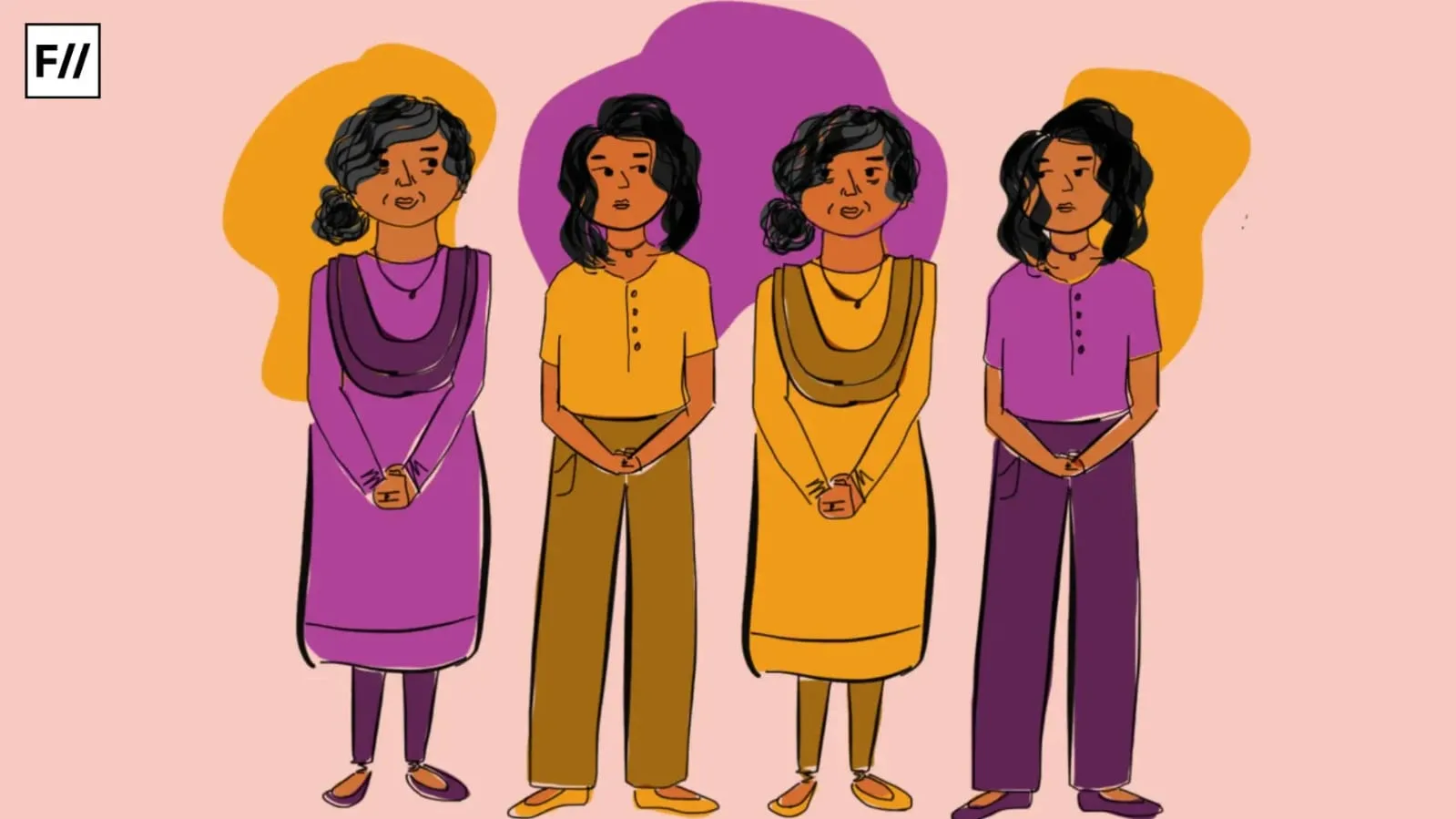TW: Mentions of suicide, self harm, suicidal thoughts
Following the recent death of Bollywood actor Sushant Singh Rajput by suicide, Indian mainstream media went against many ethical reporting standards. From cheap sensationalism to bizarre conspiracy theories, many a newsrooms demonstrated a lack of sensitivity and empathy, even violating the Press Council of India’s guidelines for suicide reportage.
But suicide is also a complex public health issue. We can’t not talk about it. While talking about suicide is tough, it is also important to address the mechanisms needed for suicide prevention. The media, with its far reaching influence, therefore must maintain certain ethical standards when reporting on suicide. The World Health Organisation (WHO) along with the International Association for Suicide Prevention has laid down some simple guidelines for the media to follow when reporting suicide.

1. Understand the role that language plays

Refrain from using phrases like ‘committed suicide’, ‘killed themself’, instead use phrases like ‘died by suicide’. The word ‘committed’ implies crime and blame. Also avoid language that sensationalises/normalises suicide, eg. ‘political suicide’, ‘professional suicide’, or ‘suicide epidemic’.
2. Don’t share too many details

Avoid giving too much detail when referring to the method and context of a suicide, including personal details of the deceased and their relatives. Understand that the news may trigger people or lead to imitational behaviour by vulnerable individuals.
3. Don’t share photos or videos. Be considerate.

Avoid using photographs and videos of the deceased person and the scene of suicide. Not only is it disrespectful, it can be extremely distressing for the families of the deceased. They may also trigger vulnerable people. Be considerate towards those bereaved by the suicide. Don’t push family, friends, close associates for an interview if they don’t wish to give one. Respect their privacy and don’t infringe upon their personal space and right to grieve.
4. Avoid sensationalism and assumption

Do not assume or sensationalise events in your report. Speculation or about the ‘reason’ or ‘cause’ of the suicide negates the fact that contributing factors are complex and can vary from person to person. Also avoid sharing details of suicide notes, if any.
5. Exercise caution while reporting celebrity suicide

Take special care when reporting celebrity suicide. Since they garner significant public interest, make sure that these reports aren’t being turned into clickbait or as fodder for your news cycle. Celebrities are revered- sensationalist reportage may affect vulnerable people.
6. Provide support information

Provide information about where to seek help. Depending on the context, this may include general physicians, specialised medical professionals, telephone helpline services, and community resources. This provides an avenue for immediate support for distressed individuals.
If you or someone you know is struggling, please refer to these distress/suicide prevention helplines.
Also read: How The Suicide Of A 14-Year-Old Dalit Girl In Kerala Was Misrepresented In Media
About the author(s)
Purnima is a wannabe writer and a want-to-be cat mom.




